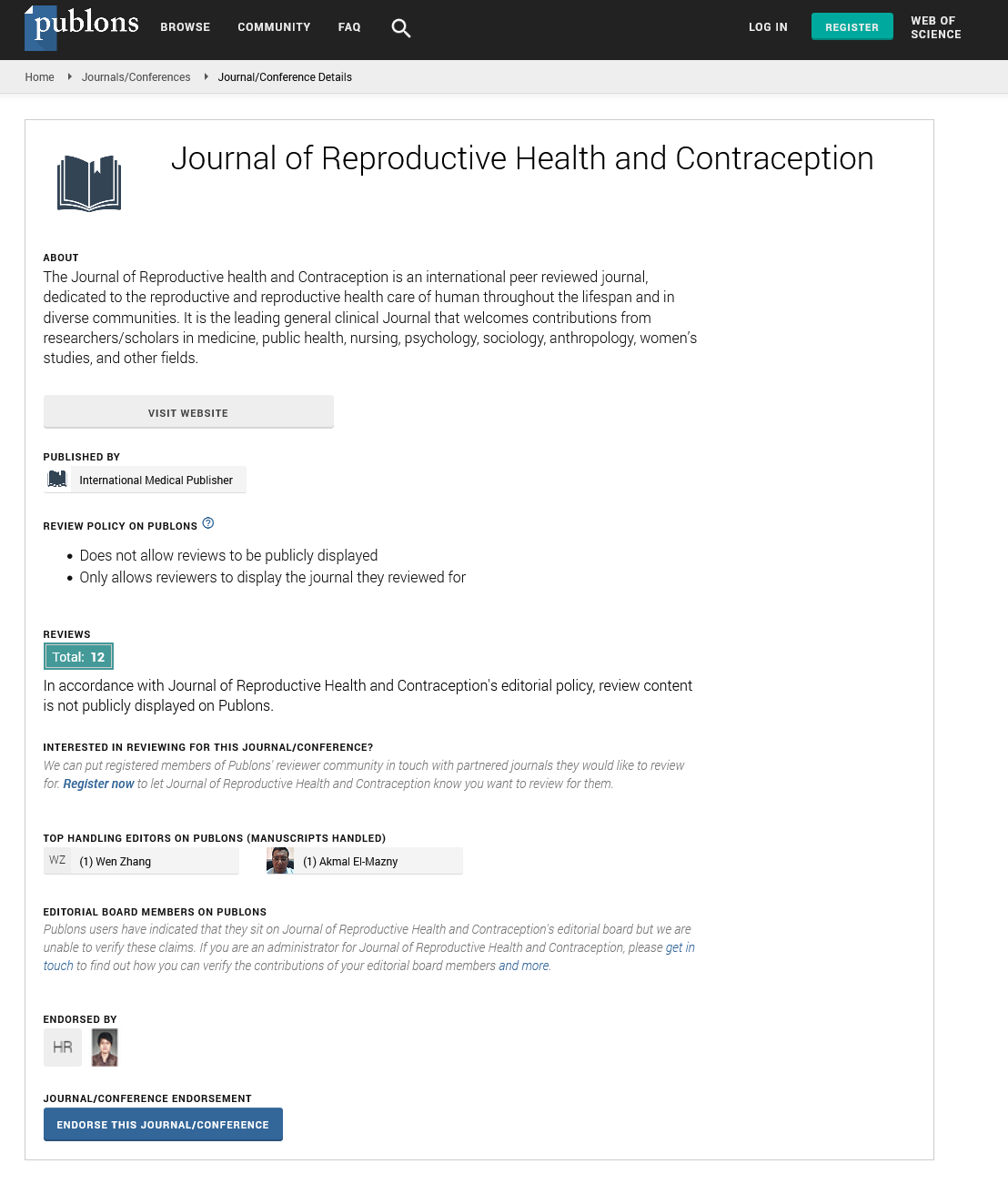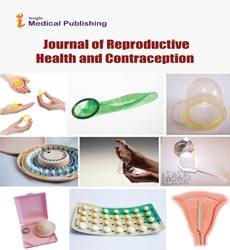Abstract
Seroprevalence of Viral Infections in Homes Submitted to Assisted Reproduction
Introduction: The serologies for HIV screening, hepatitis B and C and Zika virus are routine in infertility research. Objectives: To establish the seroprevalence of these viral infections in couples submitted to assisted reproduction and compare the seroprevalence of these infections in the group of patients who underwent intrauterine insemination or in-vitro fertilization. Methods: An retrospective analytical study with a survey of the cases of couples submitted to assisted human reproduction techniques carried out in a public institution (Human Reproduction Laboratory of the Clinical Hospital of the Federal University of Goias-LabRep (HC/UFG) and in a private clinic (Fertile), with serologies for the Zika virus, HIV, hepatitis B virus and hepatitis C, from July 2016 to July 2017. Results: 871 patients were evaluated, of which 186 were from LabRep-HC/UFG and 685 from Fertile Clinic. From the total number of patients analysed: 636 underwent IVF/ICSI treatment and 235 underwent IUI. Conclusion: There was no difference between the prevalence of the diseases analysed considering the sex and the type of clinic the patients belonged. The overall prevalence of hepatitis B, hepatitis C, HIV and Zika was 0.57%, 0.57%, 0.46% and 0.23%, respectively. Considering the techniques of assisted reproduction, all cases of hepatitis B and C were from patients who underwent in-vitro fertilization/ intracytoplasmic injection in-vitro, with a statistically significant difference compared to couples who underwent intrauterine insemination. Comparing the two clinics where the couples performed the assisted reproduction treatments, there wasn’t significant difference between the prevalence of the infections analysed. There was also no significant difference between the prevalence of the diseases surveyed when compared to the two clinics, for each treatment performed, whether high or low complexity.
Author(s):
Evangelista P, Rezende D, Amaral W and Ramos B
Abstract | Full-Text | PDF
Share this

Google scholar citation report
Citations : 201
Journal of Reproductive Health and Contraception received 201 citations as per google scholar report
Journal of Reproductive Health and Contraception peer review process verified at publons
Abstracted/Indexed in
- Google Scholar
- China National Knowledge Infrastructure (CNKI)
- WorldCat
- Publons
Open Access Journals
- Aquaculture & Veterinary Science
- Chemistry & Chemical Sciences
- Clinical Sciences
- Engineering
- General Science
- Genetics & Molecular Biology
- Health Care & Nursing
- Immunology & Microbiology
- Materials Science
- Mathematics & Physics
- Medical Sciences
- Neurology & Psychiatry
- Oncology & Cancer Science
- Pharmaceutical Sciences


